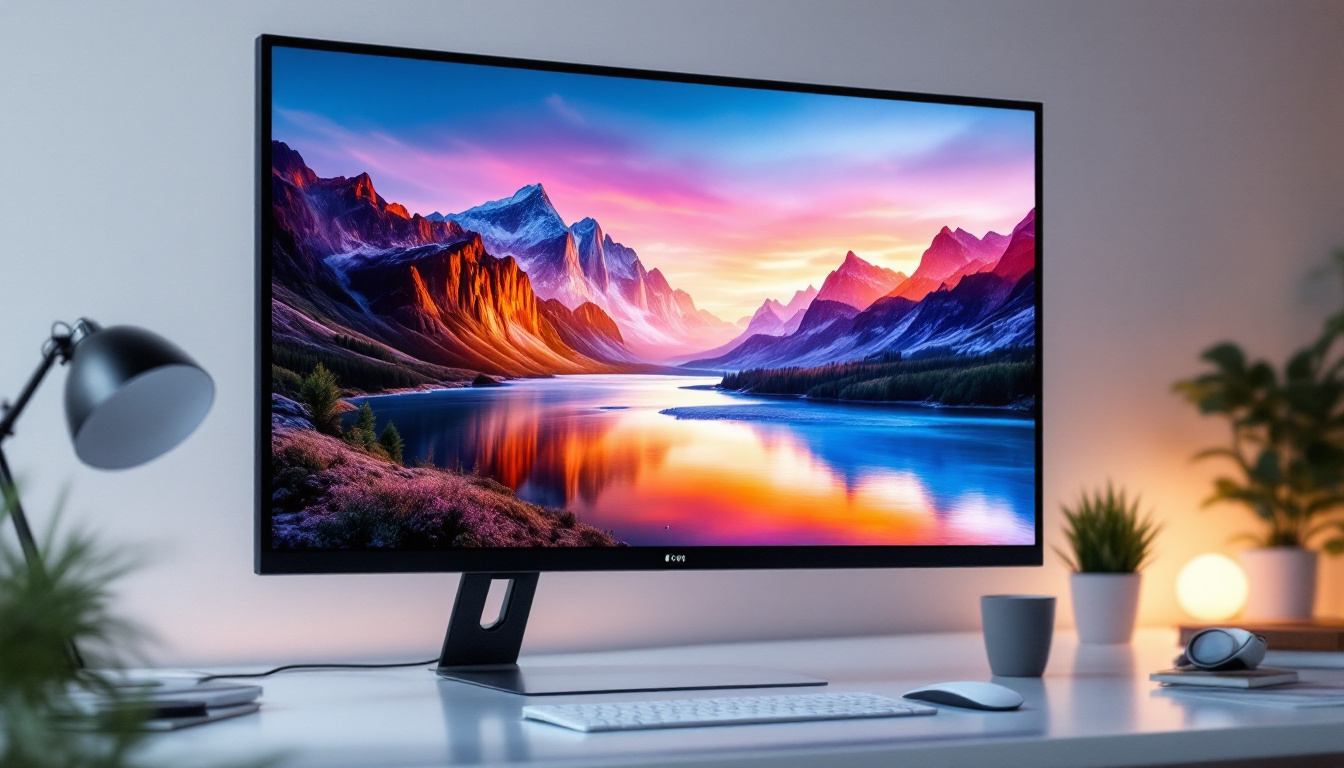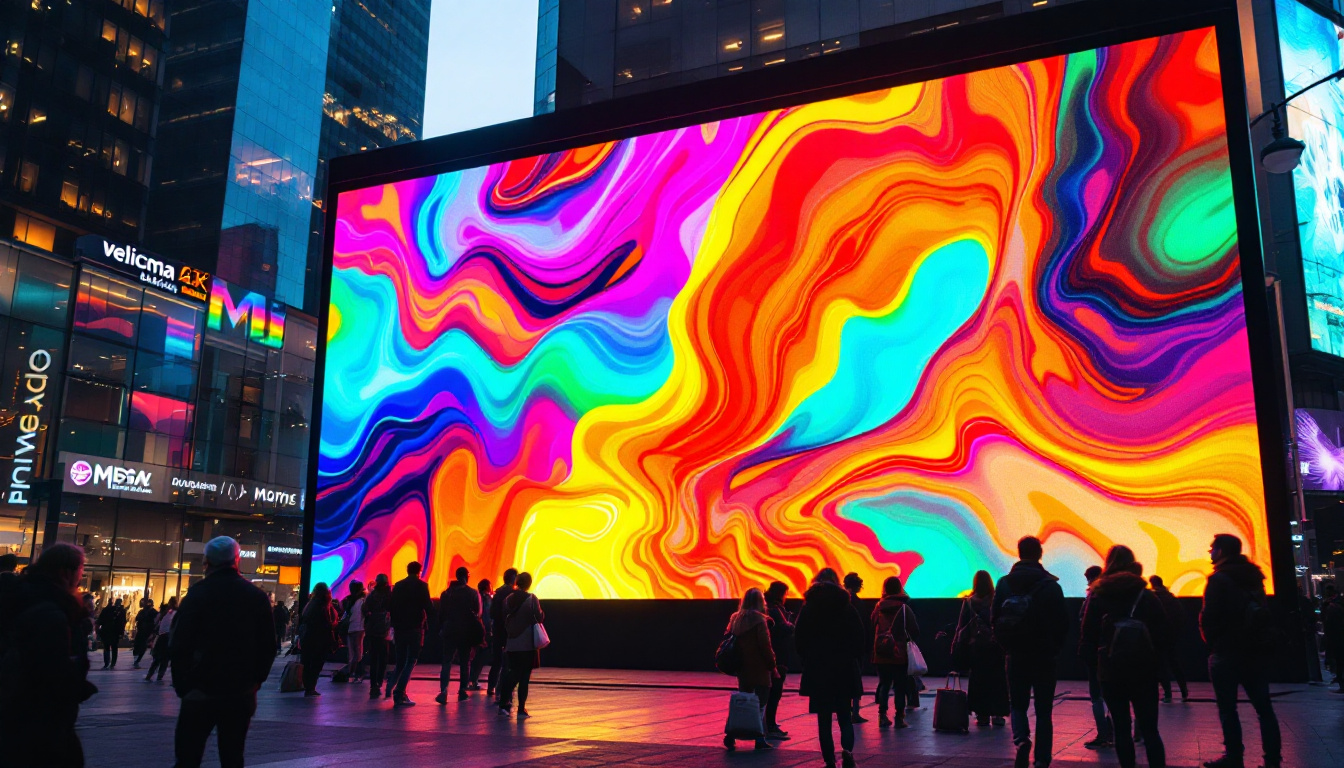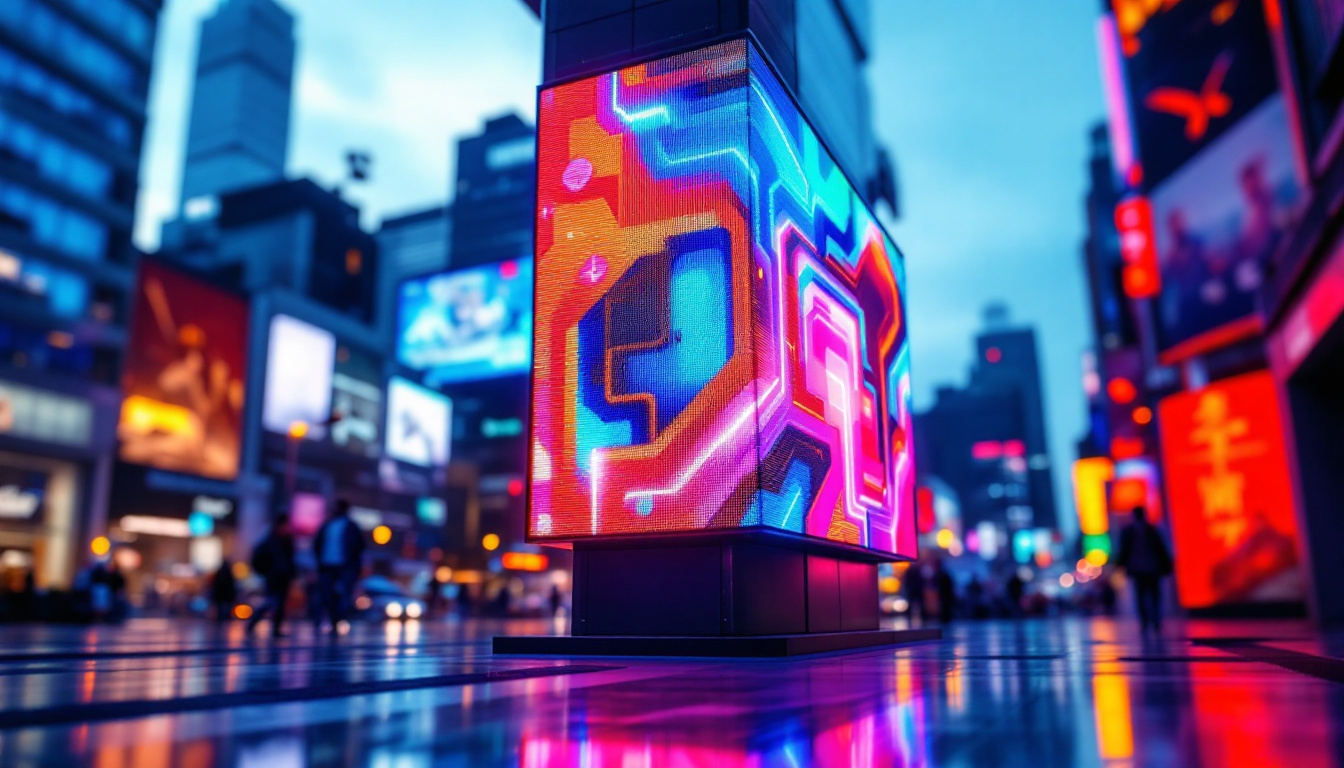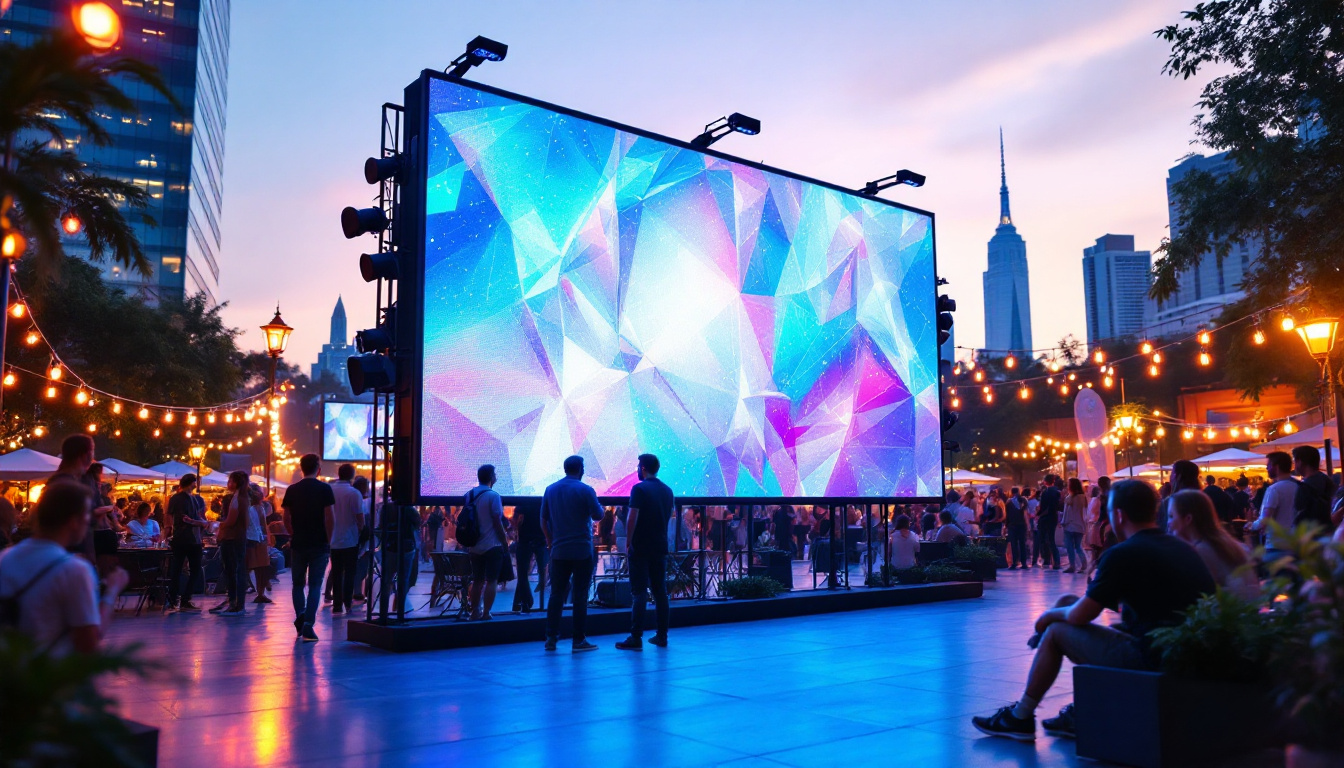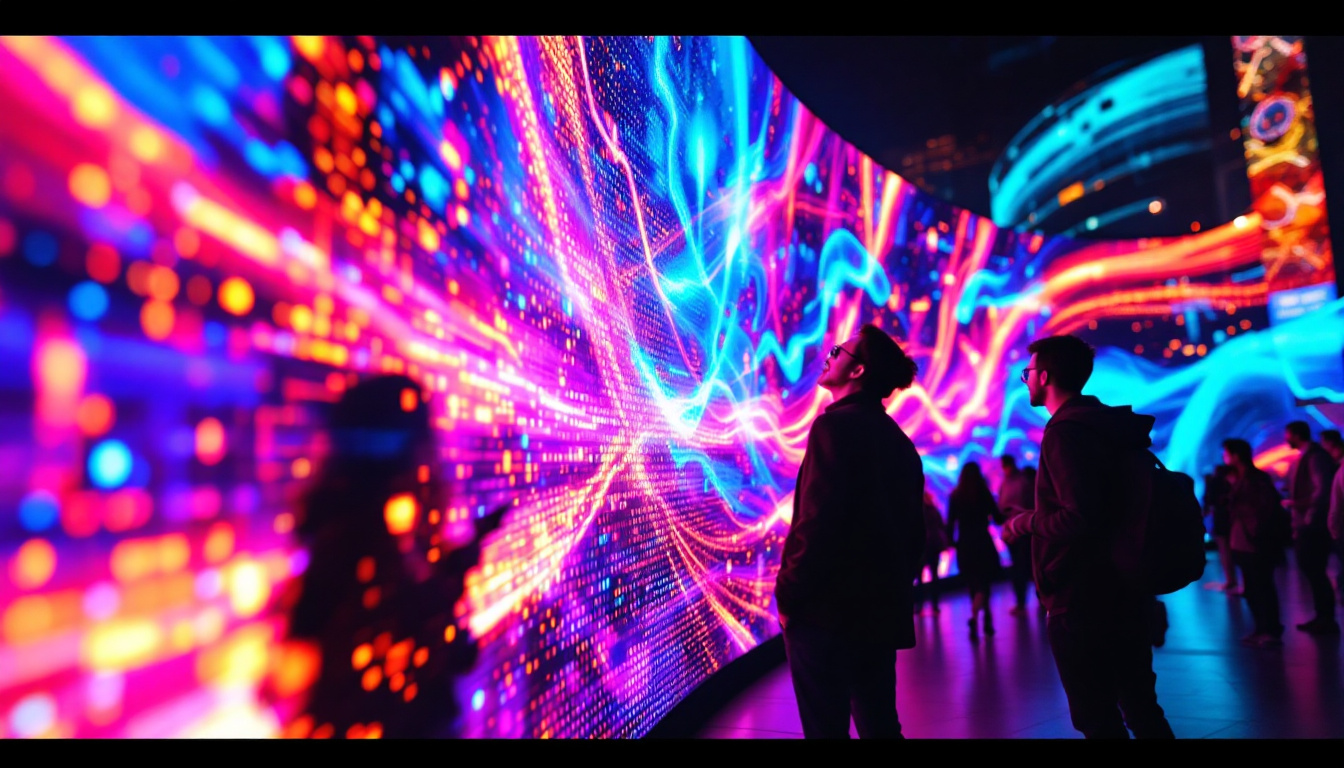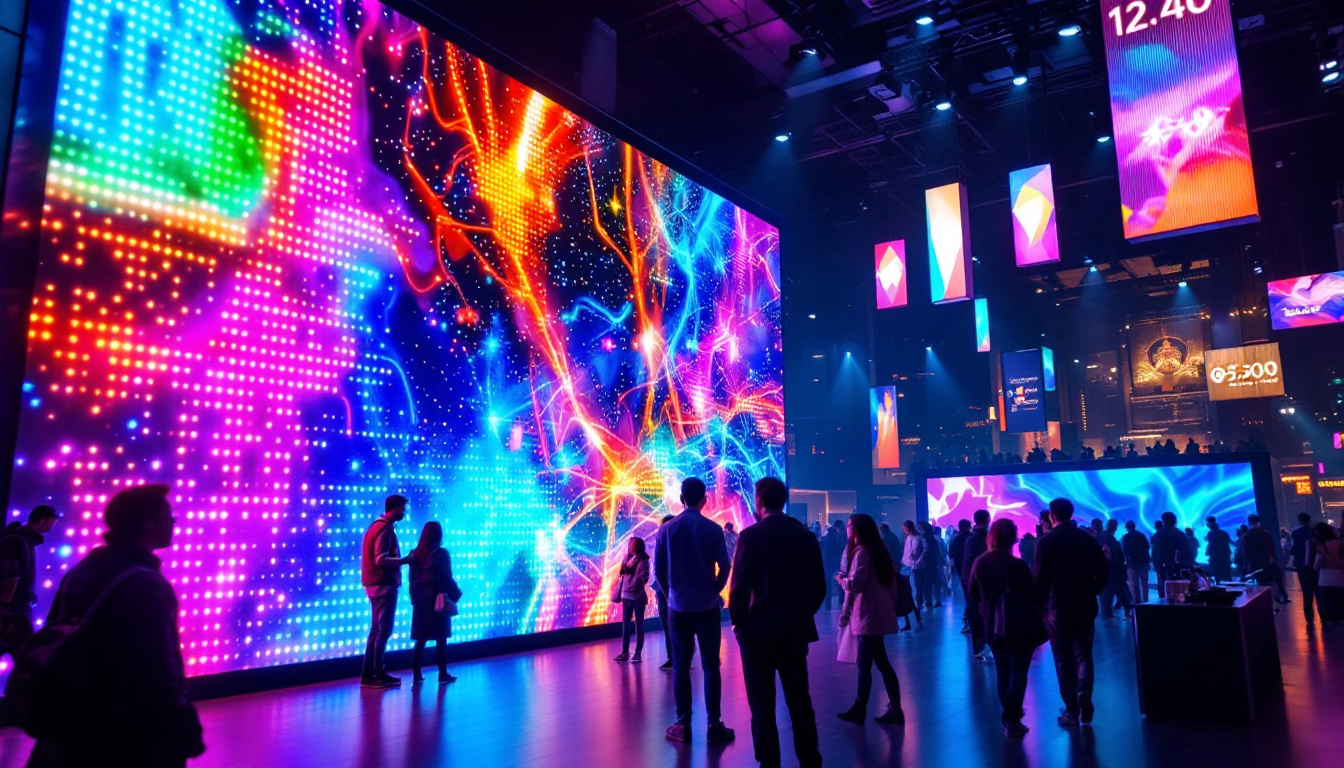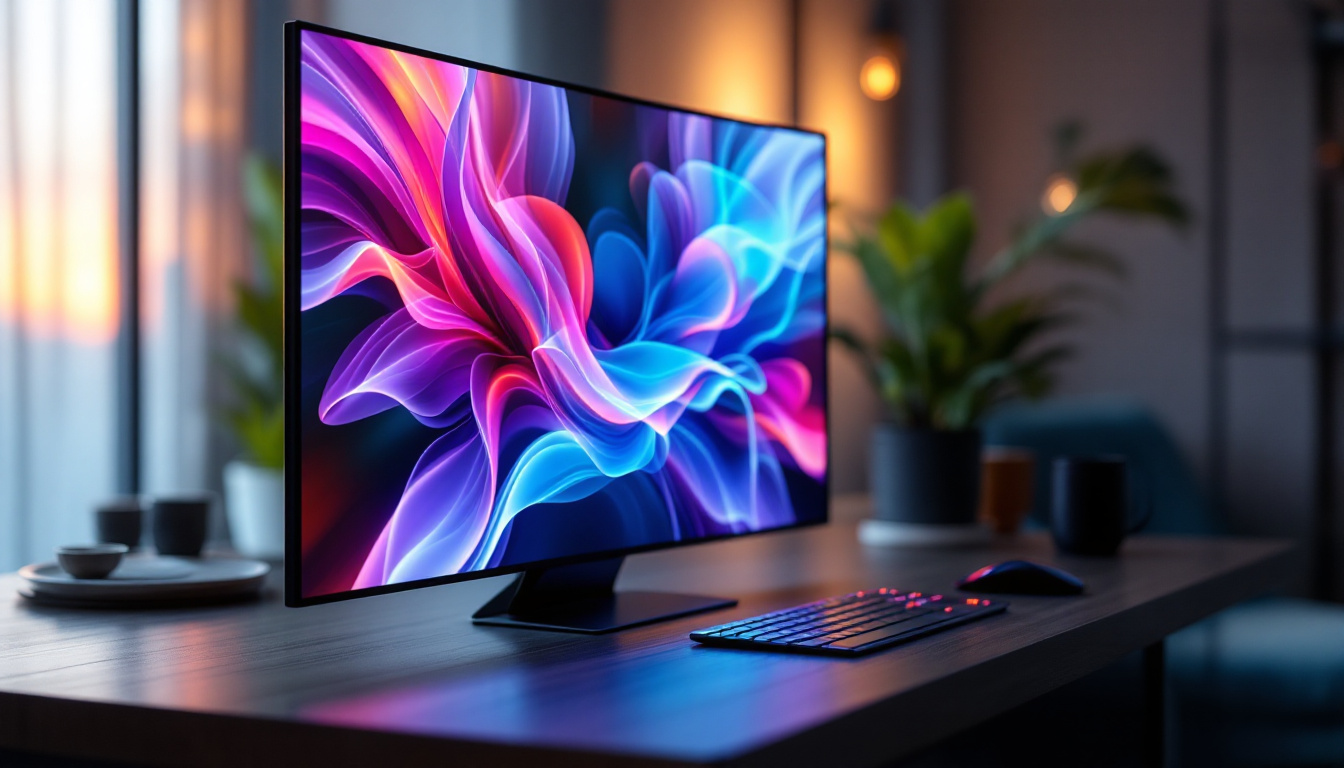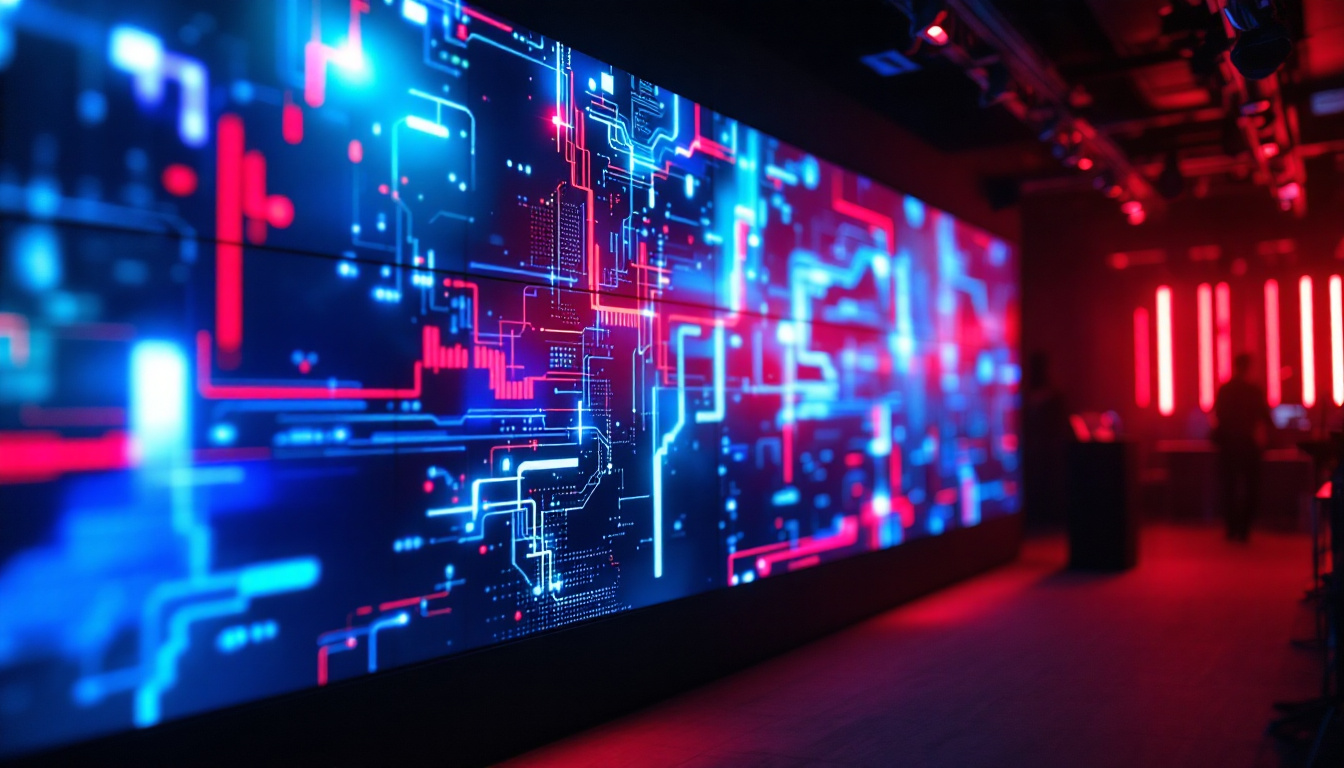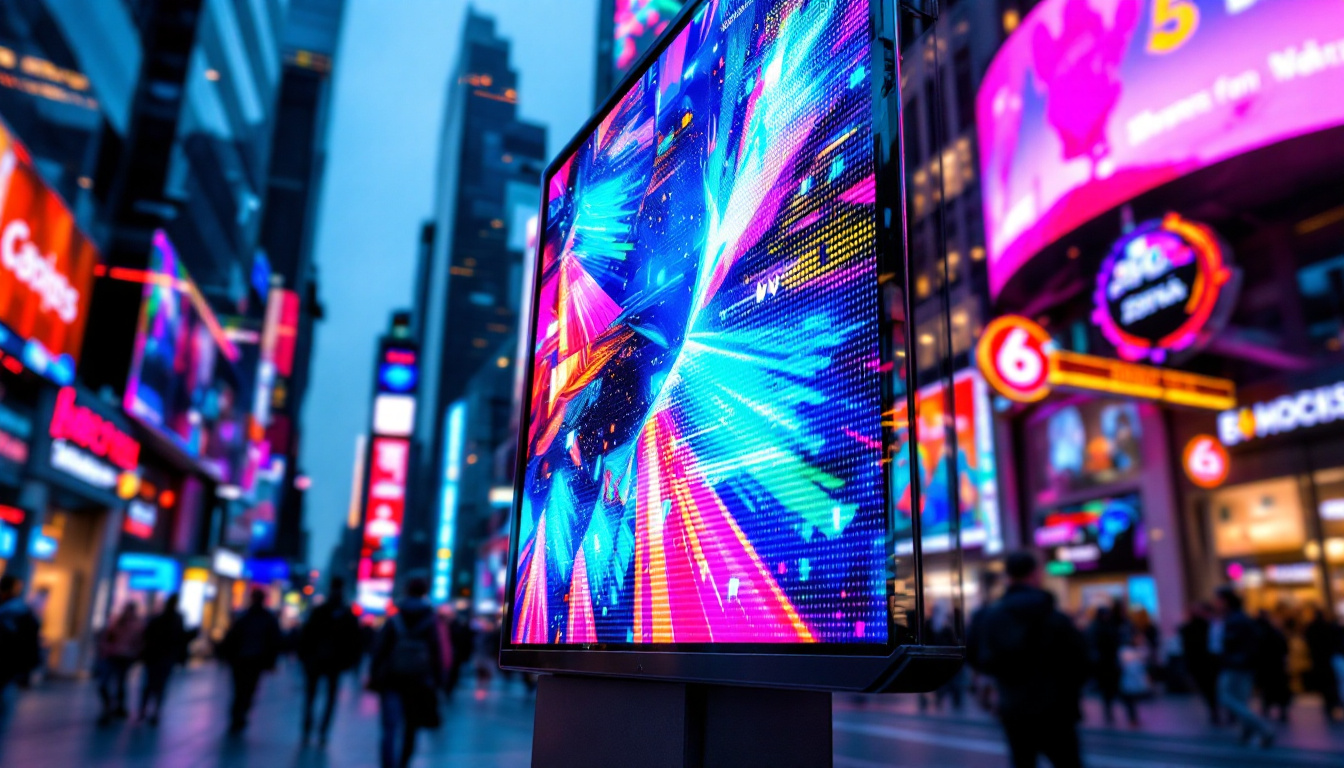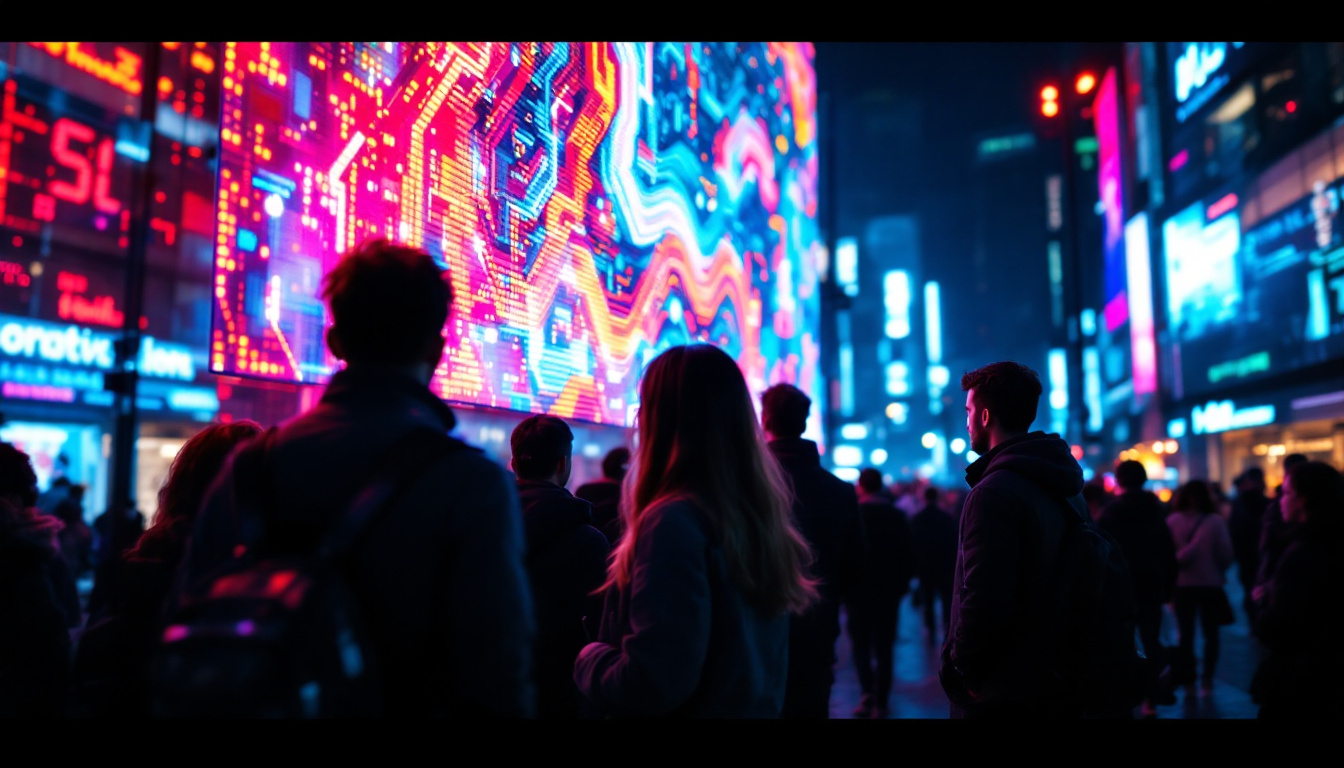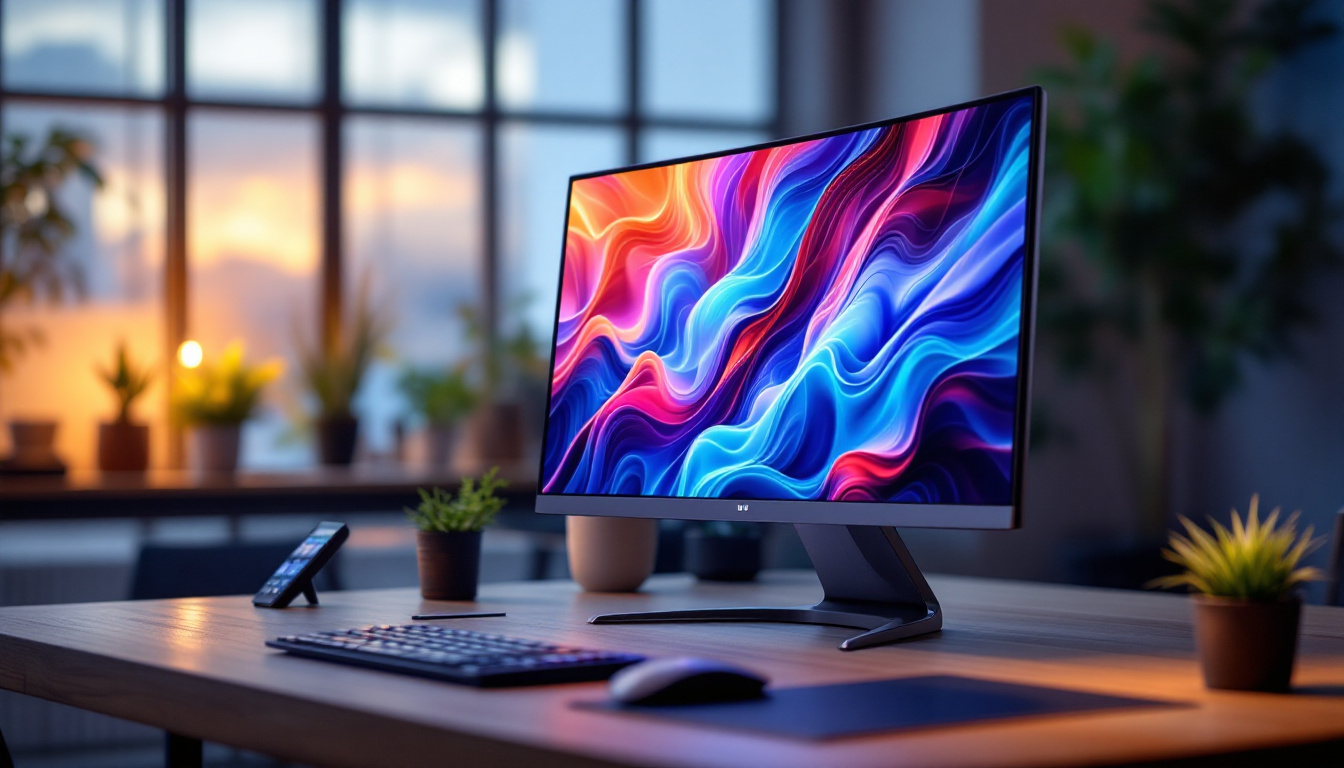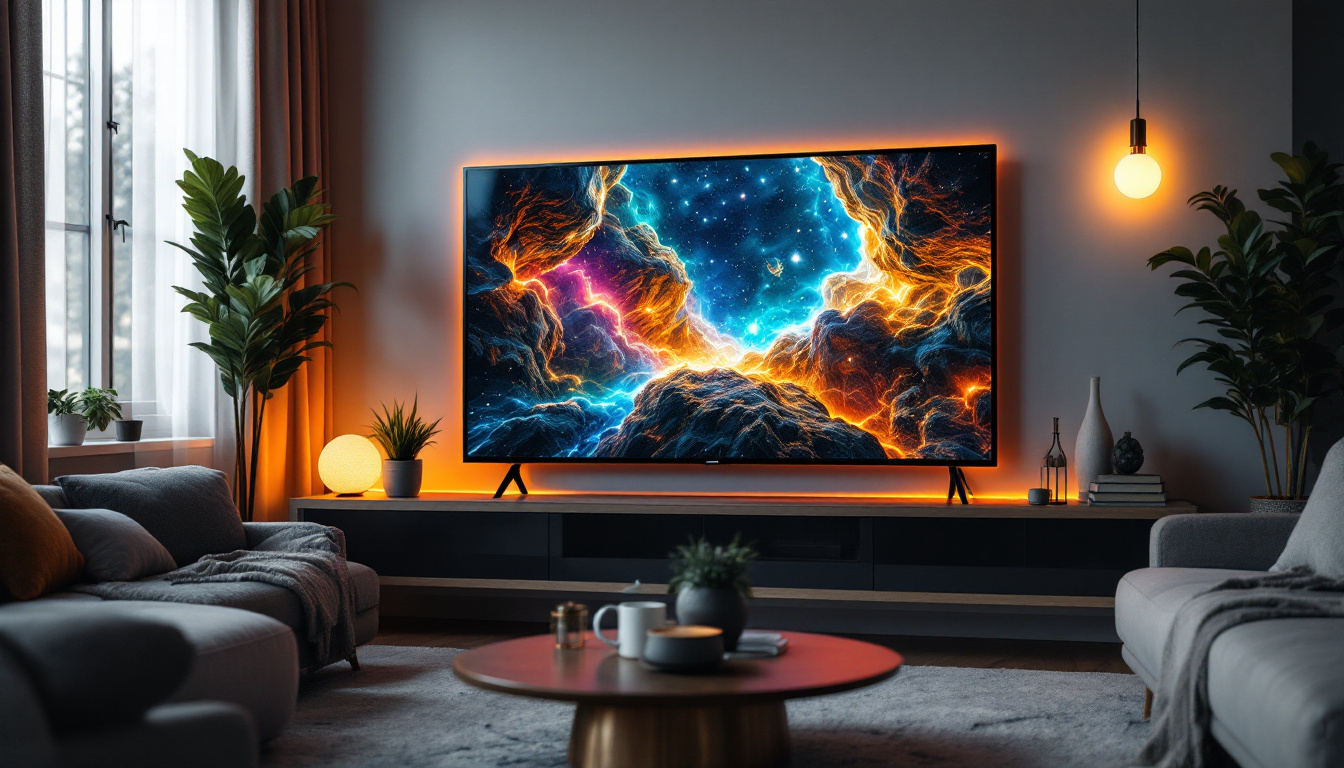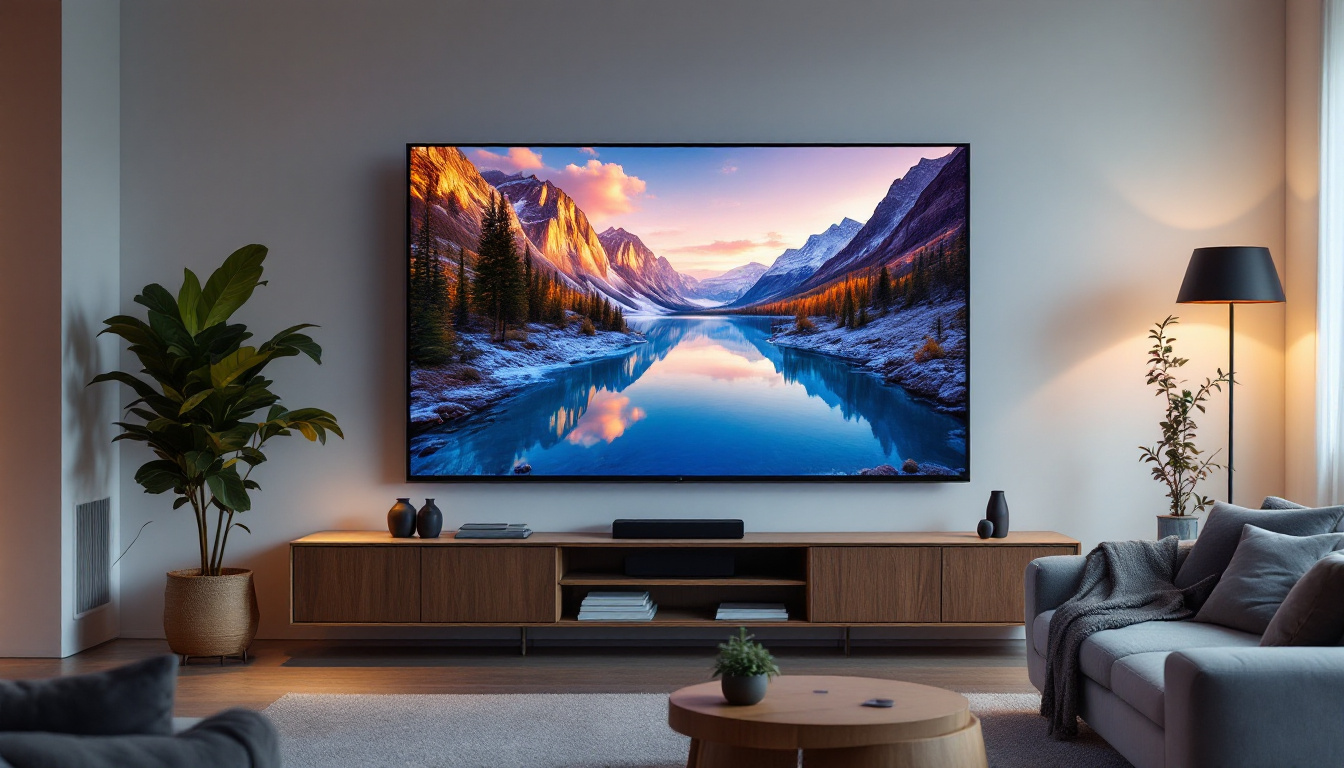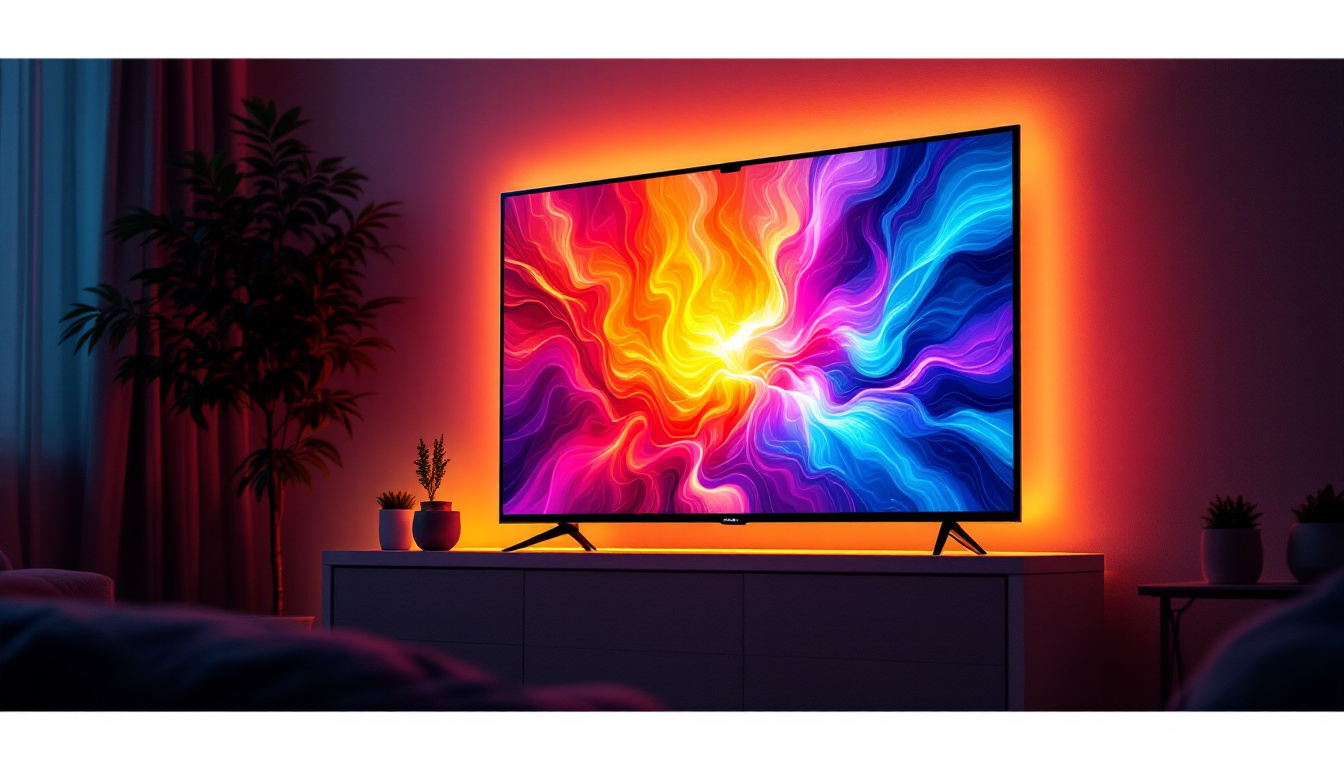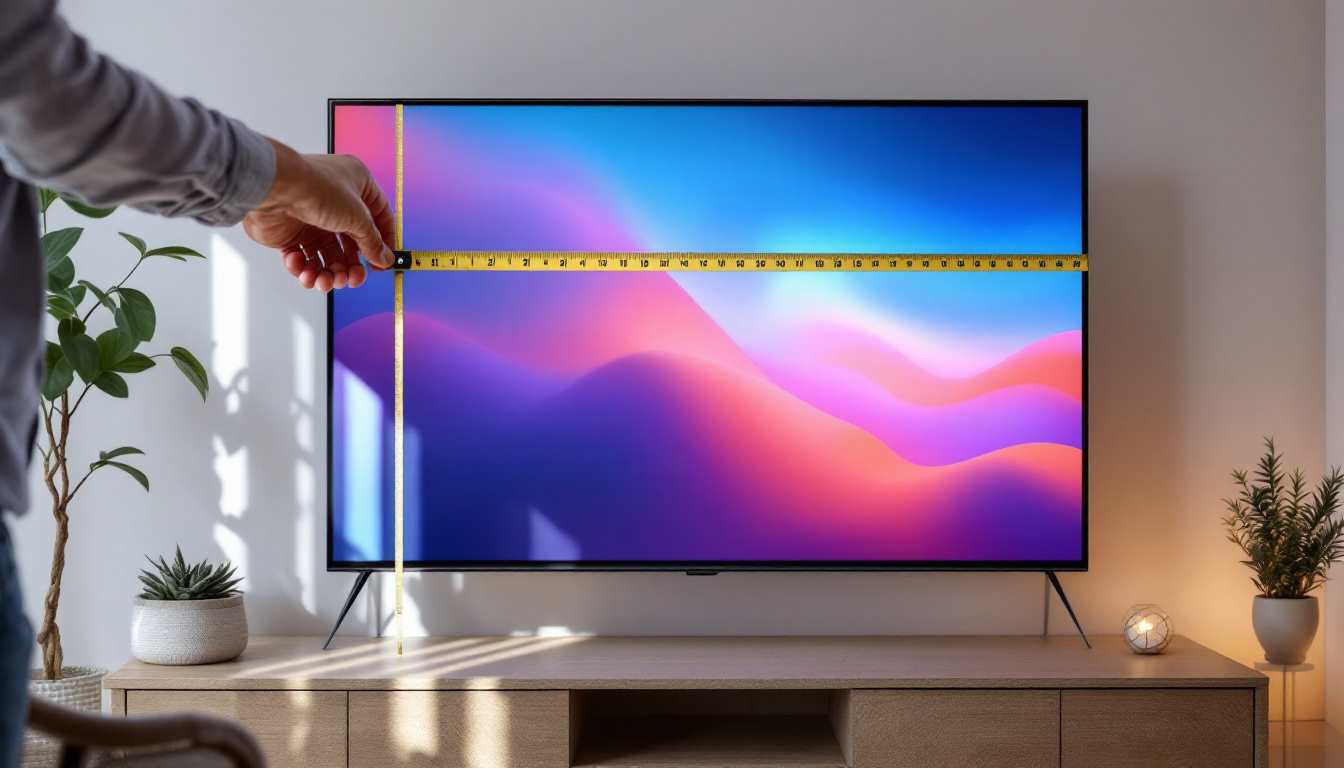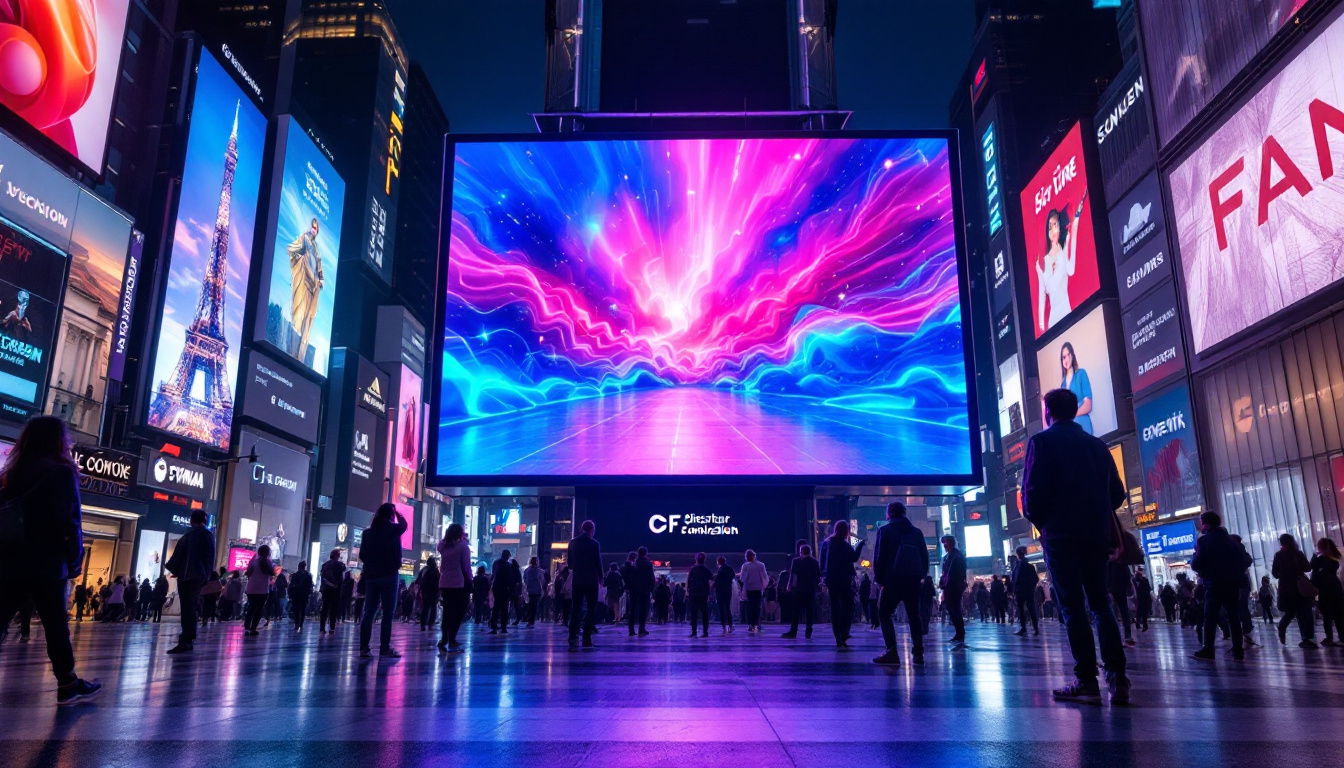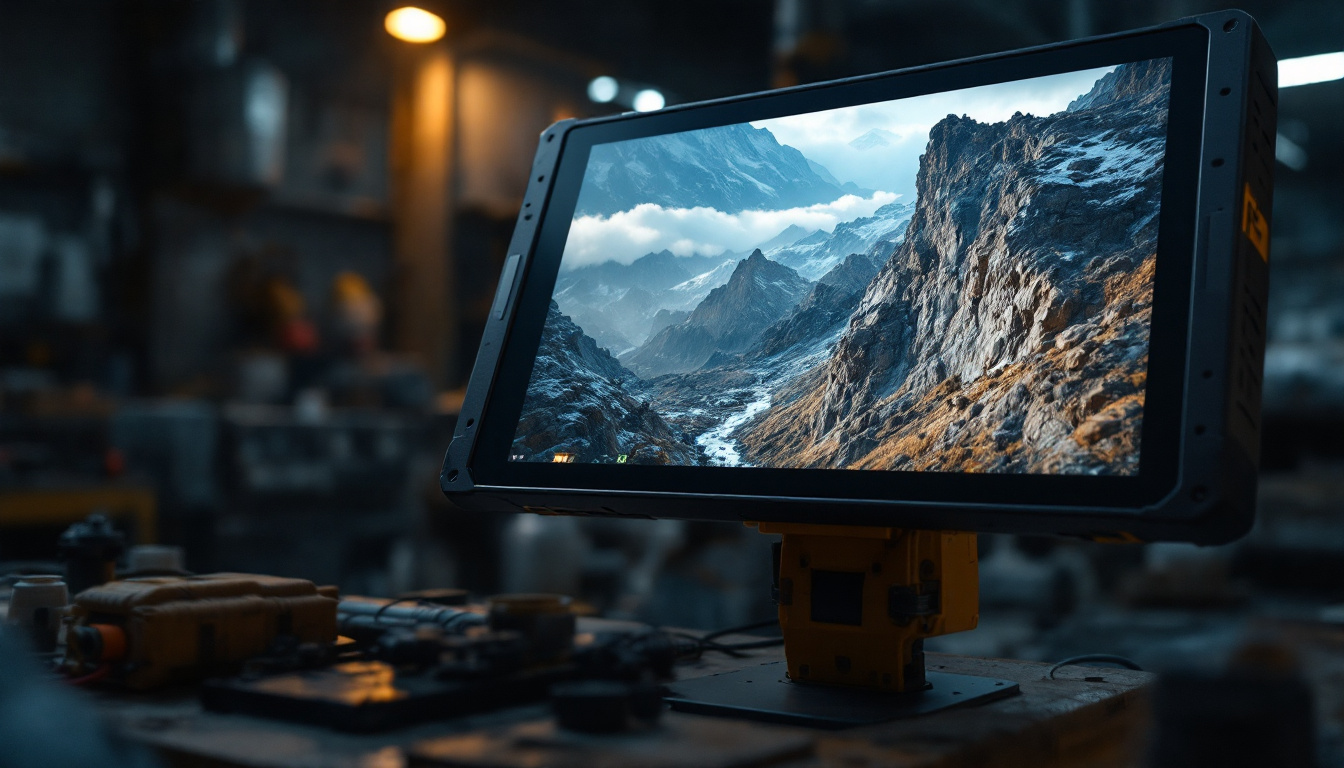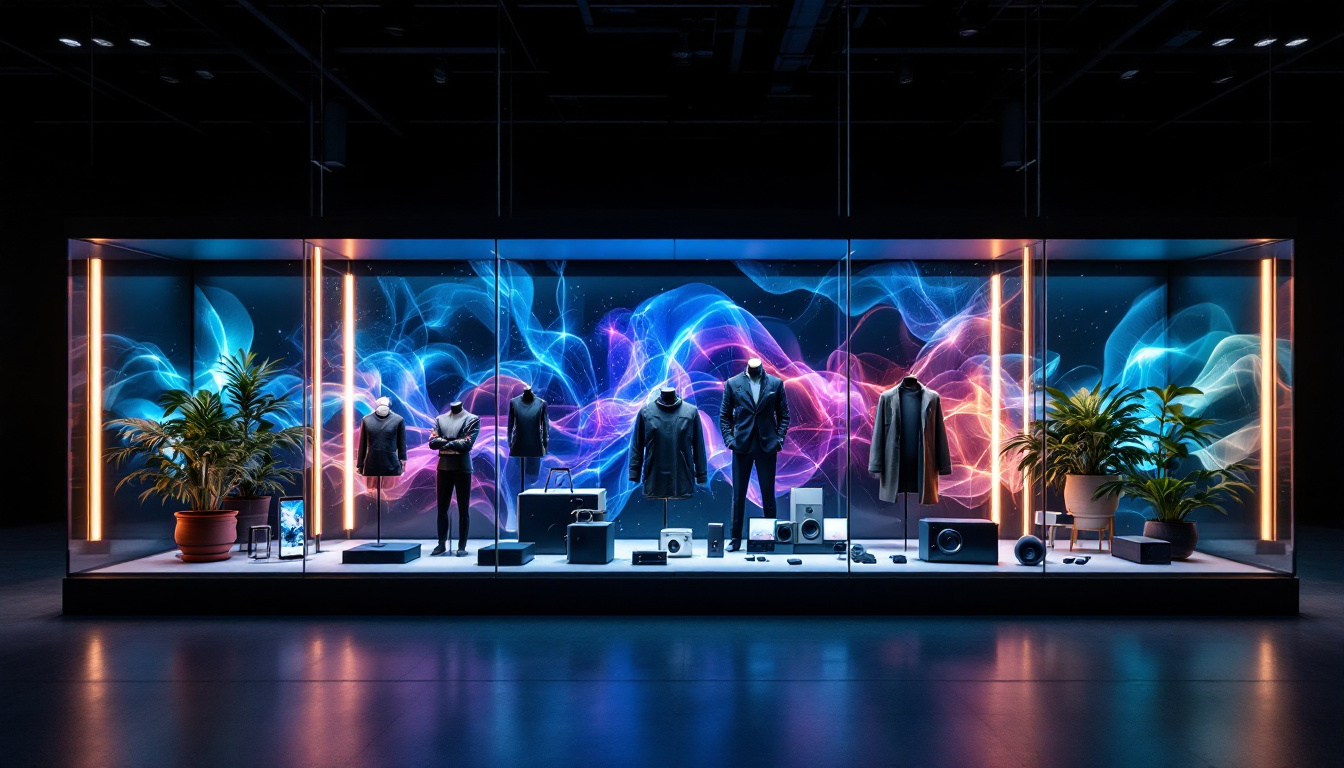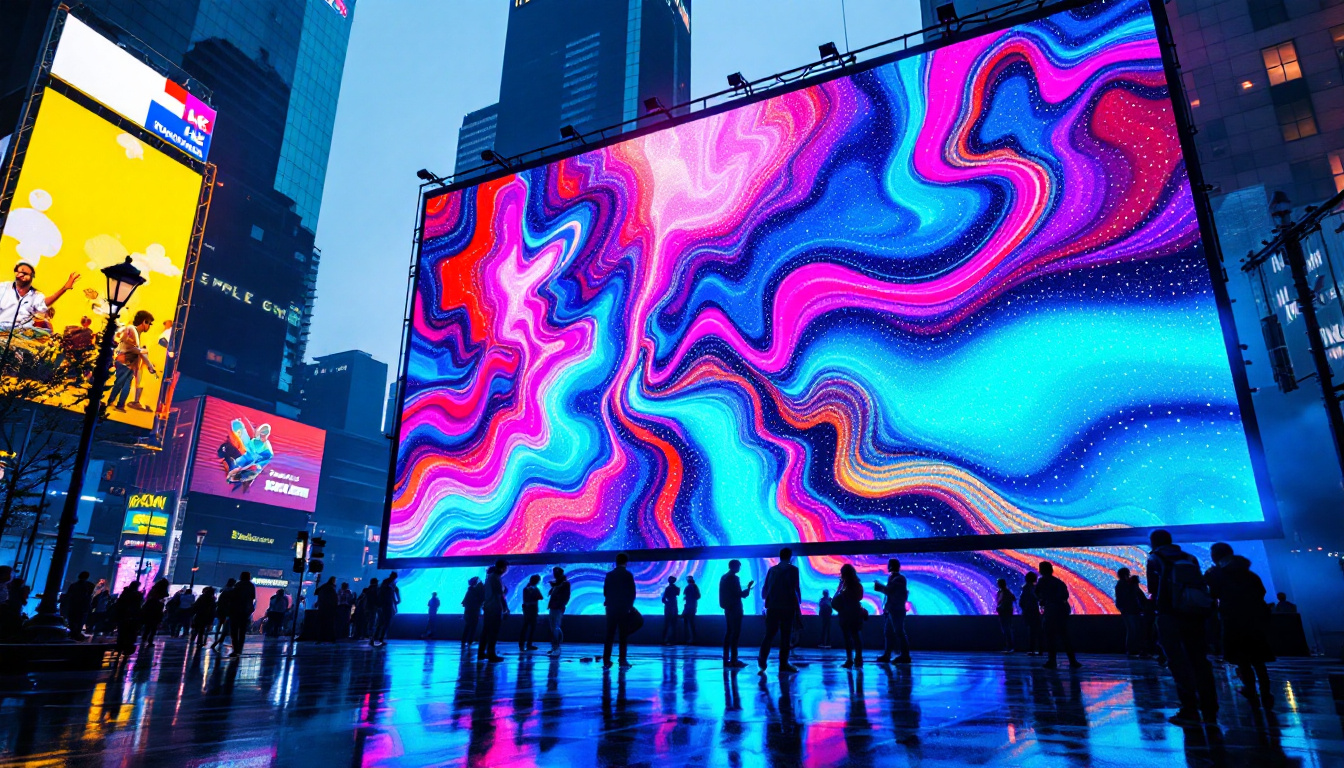In the world of modern technology, the significance of display devices cannot be overstated. Among these, LED (Light Emitting Diode) displays have emerged as a popular choice for various applications, from televisions and computer monitors to advertising billboards and digital signage. This article delves into the intricacies of LED displays, particularly focusing on their role in AV (Audio-Visual) monitors, exploring their advantages, technology, and applications.
Understanding LED Technology
LED technology has revolutionized the way images and videos are displayed. Unlike traditional LCD (Liquid Crystal Display) screens that rely on backlighting, LED displays utilize an array of light-emitting diodes to produce images. This fundamental difference results in various benefits that have made LED displays a preferred choice in many settings.
How LED Displays Work
At the core of LED displays are tiny semiconductor devices that emit light when an electric current passes through them. These diodes can produce different colors by varying the intensity of the light emitted. In an LED display, multiple diodes are arranged in a grid, allowing for the creation of vibrant images and videos. The combination of red, green, and blue diodes (RGB) enables the display to produce a wide spectrum of colors, enhancing the visual experience.
The technology behind LED displays can be broadly categorized into two types: direct-lit and edge-lit. Direct-lit LED displays have diodes placed behind the screen, providing uniform brightness across the entire display. In contrast, edge-lit displays have diodes positioned along the edges, using light guides to spread illumination across the screen. Each type has its advantages and is suited for different applications. For instance, direct-lit displays are often favored for large-scale installations, such as digital billboards, where consistent brightness is crucial, while edge-lit displays are commonly used in thinner, more compact devices like televisions and computer monitors.
Benefits of LED Displays
LED displays offer several advantages over traditional display technologies. One of the most significant benefits is energy efficiency. LED technology consumes less power compared to other display types, making it an environmentally friendly option. Additionally, LED displays have a longer lifespan, often lasting up to 100,000 hours, which reduces the need for frequent replacements.
Another notable advantage is the superior image quality. LED displays provide higher brightness levels and better contrast ratios, resulting in clearer and more vibrant images. This quality is particularly important in AV monitors, where accurate color reproduction and sharp details are essential for an immersive viewing experience. Furthermore, LED technology allows for faster refresh rates, which is particularly beneficial for fast-moving content such as sports or action films, minimizing motion blur and enhancing the overall viewing experience. The adaptability of LED displays also extends to their form factor; they can be made flexible or even transparent, opening up new possibilities for creative applications in advertising and architectural design.
Applications of LED Displays in AV Monitors
LED displays are widely used in various AV monitor applications, ranging from professional settings to personal use. Their versatility and superior performance make them suitable for a range of environments.
Professional AV Monitors
In professional settings, LED displays are commonly used in broadcasting, video production, and live events. These monitors require high color accuracy and fast response times to ensure that the content is displayed accurately. LED technology meets these demands, providing professionals with the tools they need to create high-quality visual content.
Moreover, LED monitors are often used in control rooms and monitoring stations, where multiple screens are needed to display various feeds simultaneously. Their ability to produce consistent images across multiple displays is crucial in these environments, where every detail matters. Additionally, advancements in LED technology have led to the development of ultra-narrow bezel displays, which minimize the gaps between screens, creating a more seamless viewing experience. This is particularly beneficial in video walls, where a cohesive visual output is essential for effective monitoring and analysis.
Consumer Electronics
On the consumer side, LED displays have become the standard for televisions and computer monitors. The demand for high-definition content has driven the adoption of LED technology, as it offers the clarity and detail that viewers expect. With the rise of 4K and 8K resolutions, LED displays continue to evolve, providing consumers with stunning visual experiences.
Additionally, gaming monitors have also embraced LED technology. Gamers benefit from the fast refresh rates and low input lag that LED displays offer, making them ideal for competitive gaming. The vibrant colors and deep contrasts enhance the gaming experience, immersing players in their virtual worlds. Furthermore, features such as HDR (High Dynamic Range) support and adaptive sync technologies have been integrated into many LED gaming monitors, allowing for richer visuals and smoother gameplay. This evolution not only caters to the high demands of gamers but also appeals to content creators who require precise color grading and detail in their work.
As LED technology continues to advance, we are also seeing its application in innovative formats such as flexible displays and transparent screens. These emerging technologies open up new possibilities for both commercial and personal use, allowing for creative installations and unique viewing experiences that were previously unimaginable. The integration of smart technology into LED displays has also transformed how consumers interact with their devices, enabling features such as voice control and app connectivity, further enhancing the versatility and functionality of LED displays in everyday life.
Types of LED Displays
Understanding the different types of LED displays can help consumers and professionals alike make informed decisions based on their specific needs. Each type has unique characteristics and applications.
Standard LED Displays
Standard LED displays are commonly used in consumer electronics, such as televisions and computer monitors. These displays typically utilize either edge-lit or direct-lit technology, providing a good balance between performance and cost. They are suitable for everyday use, offering decent image quality for movies, gaming, and general computing tasks.
OLED Displays
Organic Light Emitting Diode (OLED) displays are a more advanced form of LED technology. Unlike standard LED displays, OLED panels do not require a backlight, as each pixel emits its own light. This results in deeper blacks and more vibrant colors, making OLED displays a popular choice for high-end televisions and professional monitors.
While OLED technology offers superior image quality, it tends to be more expensive than standard LED displays. Additionally, concerns about burn-in—a phenomenon where static images can leave a permanent mark on the screen—have led some consumers to be cautious about adopting OLED technology.
MicroLED Displays
MicroLED is an emerging technology that promises to combine the best features of both LED and OLED displays. MicroLED panels consist of tiny individual LEDs that can be controlled independently, allowing for incredible color accuracy and contrast. This technology also eliminates the risk of burn-in associated with OLED displays.
Although still in its infancy, MicroLED technology is gaining traction and is expected to become more mainstream in the coming years. As production costs decrease and manufacturers refine the technology, MicroLED displays could redefine the landscape of AV monitors.
Choosing the Right LED Display for AV Applications
When selecting an LED display for AV applications, several factors should be considered to ensure that the chosen monitor meets specific needs and requirements.
Resolution and Size
The resolution of a display is a critical factor in determining image quality. Higher resolutions, such as 4K and 8K, provide more detail and clarity, making them ideal for professional applications where precision is essential. Additionally, the size of the display should be appropriate for the intended use. Larger screens are beneficial in environments where multiple viewers are present, while smaller screens may be suitable for personal use or limited spaces.
Brightness and Contrast
Brightness and contrast are vital attributes for any display, especially in professional settings where lighting conditions can vary. A monitor with high brightness levels ensures that images remain visible even in well-lit environments. Similarly, a high contrast ratio allows for better differentiation between light and dark areas, enhancing the overall viewing experience.
Connectivity and Compatibility
Connectivity options are also essential when choosing an LED display. Modern AV monitors should support various input formats, including HDMI, DisplayPort, and USB-C, to accommodate different devices. Additionally, compatibility with software and hardware used in specific applications can significantly impact the overall functionality of the display.
Future Trends in LED Display Technology
The landscape of LED display technology is continually evolving, with new advancements and innovations emerging regularly. Understanding these trends can provide insights into the future of AV monitors and their applications.
Advancements in Resolution
As consumer demand for higher-quality visuals continues to grow, advancements in resolution are expected to play a significant role in the future of LED displays. The transition from 4K to 8K resolution is already underway, offering unparalleled detail and clarity. This trend is likely to extend beyond televisions and gaming monitors, impacting professional AV applications as well.
Integration of AI and Smart Features
Artificial intelligence (AI) is becoming increasingly integrated into display technology. Smart features, such as automatic brightness adjustment and image enhancement algorithms, are being incorporated into LED displays to improve user experience. These advancements can optimize the viewing experience based on environmental conditions, ensuring that images remain sharp and vibrant.
Sustainability and Eco-Friendly Practices
As awareness of environmental issues grows, the demand for sustainable technology is on the rise. Manufacturers are exploring eco-friendly materials and production methods for LED displays. This shift towards sustainability not only addresses consumer concerns but also contributes to a more responsible approach to technology.
Conclusion
LED displays have transformed the way visual content is presented across various applications, from professional AV monitors to consumer electronics. Their energy efficiency, superior image quality, and versatility make them a preferred choice in today’s technology-driven world. As advancements continue to shape the future of LED technology, consumers and professionals alike can expect even more impressive displays that enhance the viewing experience.
Understanding the intricacies of LED displays, including their types, benefits, and applications, is crucial for making informed decisions. Whether for professional use or personal enjoyment, the right LED display can significantly impact how content is experienced, paving the way for a more immersive and engaging visual future.
Discover LumenMatrix’s Innovative LED Display Solutions
Ready to elevate your visual experience with the latest in LED display technology? Look no further than LumenMatrix, where innovation meets excellence. From captivating Indoor and Outdoor LED Wall Displays to dynamic Vehicle and Sports LED Displays, LumenMatrix offers a comprehensive range of solutions tailored to your needs. Whether you’re looking to create an immersive environment with a Floor LED Display, make a bold statement with a Custom LED Display, or simplify your setup with an All-in-One LED Display, LumenMatrix has you covered. Embrace the future of visual communication and check out LumenMatrix LED Display Solutions today to see how we can help you share your message with impact and clarity.

